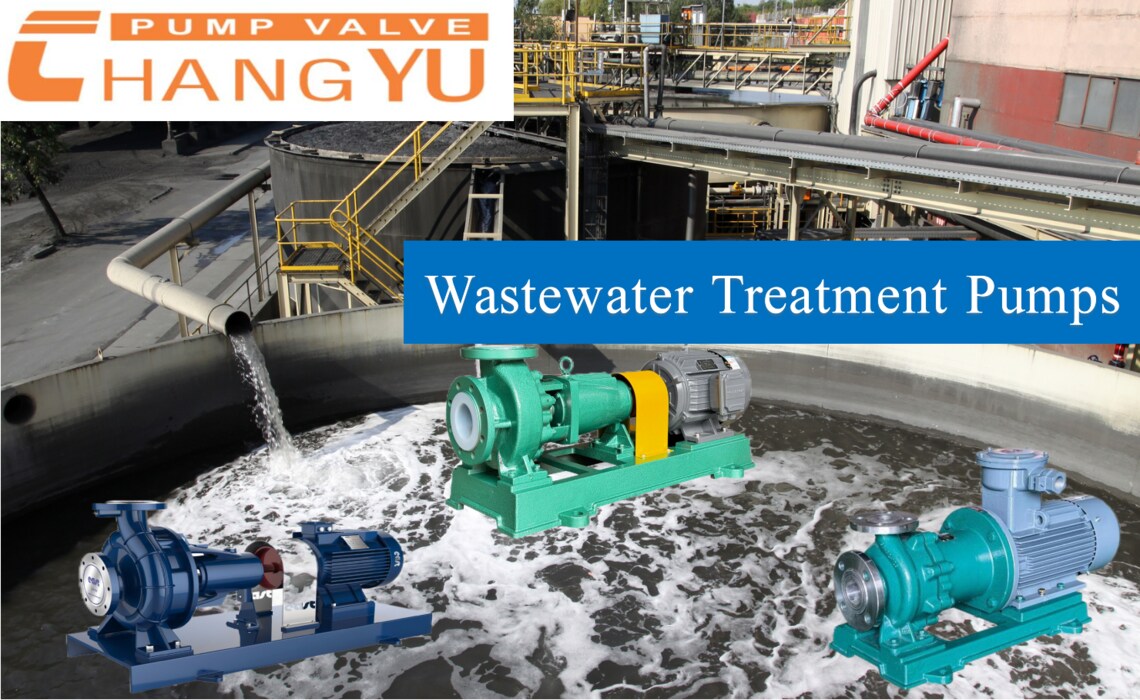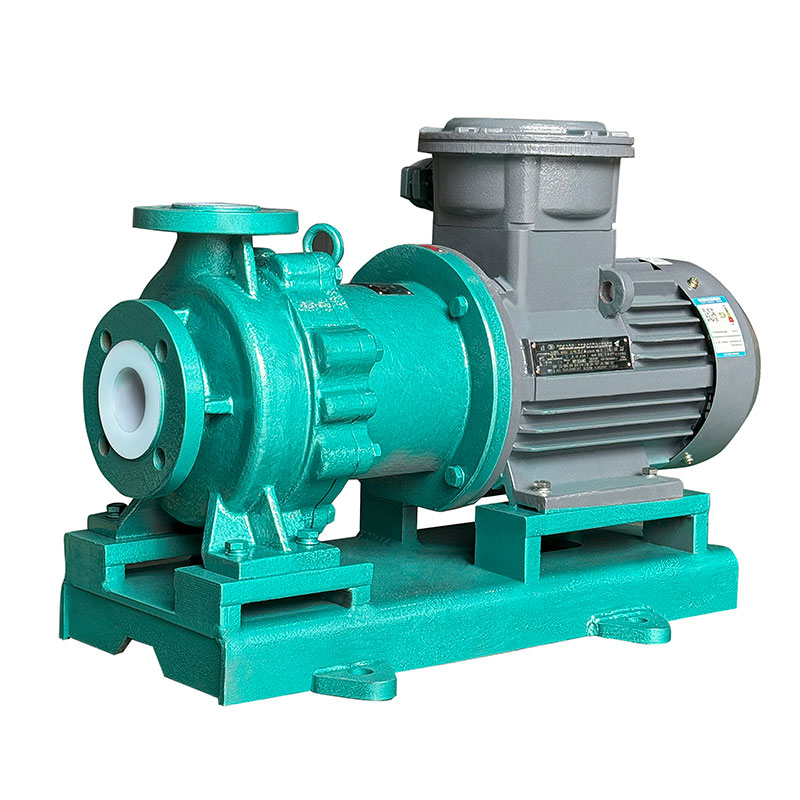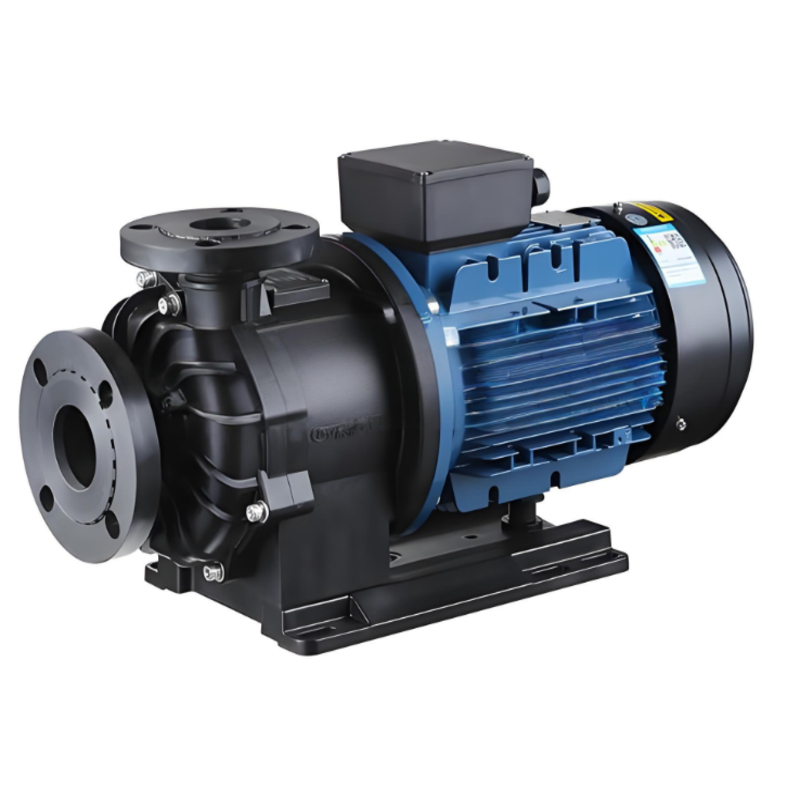Jul 01, 2025
1. Industry Background and Challenges
In mining and metallurgical production processes, large volumes of corrosive media—such as acidic solutions, alkaline liquids, and organic solvents—must be handled. These substances are not only highly corrosive but may also contain solid particles or other impurities, imposing stringent demands on pump materials, sealing performance, and operational stability. Selecting the appropriate pump solutions is critical to ensuring continuous and safe production.
2. Overview of Anhui Changyu Pump & Valve Solutions
Anhui Changyu Pump & Valve Manufacturing Co., Ltd. has developed a range of specialized pump products tailored to the unique demands of the mining and metallurgical industries. Below are the key pump solutions offered:
2.1. Corrosion-Resistant Magnetic Drive Pumps
Working Principle: Utilizes magnetic coupling technology to eliminate mechanical seals, ensuring leak-free operation.
Materials & Applicable Media: Constructed with high-performance corrosion-resistant alloys (e.g., 304, 316, 316L stainless steel, Hastelloy), ideal for handling highly corrosive fluids.
Advantages: Compact design, smooth operation, and suitability for diverse corrosive media in mining and metallurgical processes.
2.2 Plastic-Lined Slurry Pumps
Applications: Designed for corrosive slurries such as phosphoric acid slurry and fluorosilicic acid slurry.
Features: Plastic-lined interior for enhanced corrosion resistance, combined with superior abrasion resistance for particle-laden media.
Advantages: Easy maintenance and reliable performance, making them ideal for slurry transportation in mining and metallurgy.
2.3 Stainless Steel Centrifugal Pumps
Materials: Premium stainless steel construction for excellent corrosion and high-temperature resistance.
Applications: Suitable for seawater, brine, organic solvents, and other corrosive media at varying concentrations.
Advantages: Compact structure, high efficiency, and versatility for diverse corrosive fluid handling needs in the industry.
3. Detailed Application Scenario Analysis
3.1. Ore Processing
Process Description: Involves crushing, grinding, and leaching of ores, requiring handling of large volumes of corrosive media.
Pump Selection: Corrosion-resistant magnetic drive pumps and stainless steel centrifugal pumps are ideal for ore processing, ensuring stable transportation and leak prevention.
3.2 Flotation Separation
Process Description: Separates valuable minerals from waste rock via flotation technology, involving corrosive reagents.
Pump Selection: Plastic-lined slurry pumps excel in flotation due to their corrosion and abrasion resistance.
3.3 Smelting & Extraction
Process Description: Operates in high-temperature, high-pressure environments with corrosive media.
Pump Requirements: Pumps must resist corrosion, high temperatures, and pressure. Magnetic drive pumps and stainless steel centrifugal pumps are preferred for their superior performance.
3.4 Tailings Treatment
Process Description: Handles slag and tailings containing solid particles and acidic waste liquids.
Pump Selection: Plastic-lined slurry pumps, balancing corrosion and abrasion resistance, are optimal for tailings processing.
3.5 Cooling Circulation
Process Description: Requires corrosion-resistant cooling media circulation in smelting.
Pump Requirements: Pumps must resist corrosion and ensure long-term stability. Stainless steel centrifugal pumps are well-suited for this application.
4. Conclusion
Leveraging extensive expertise and cutting-edge technology in pump and valve manufacturing, Anhui Changyu Pump & Valve Manufacturing Co., Ltd. delivers a comprehensive range of high-efficiency, reliable pumping solutions tailored for the mining and metallurgical industries. These solutions not only address the industry's specialized requirements for handling corrosive media but also enhance operational stability and safety in production processes.
Moving forward, as technology evolves and industry demands continue to shift, Anhui Changyu Pump & Valve remains committed to innovation and R&D, striving to provide the mining and metallurgical sectors with superior pump products and technical services.
Read More



